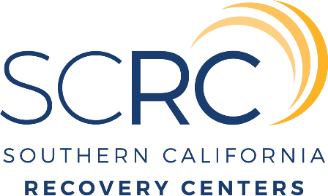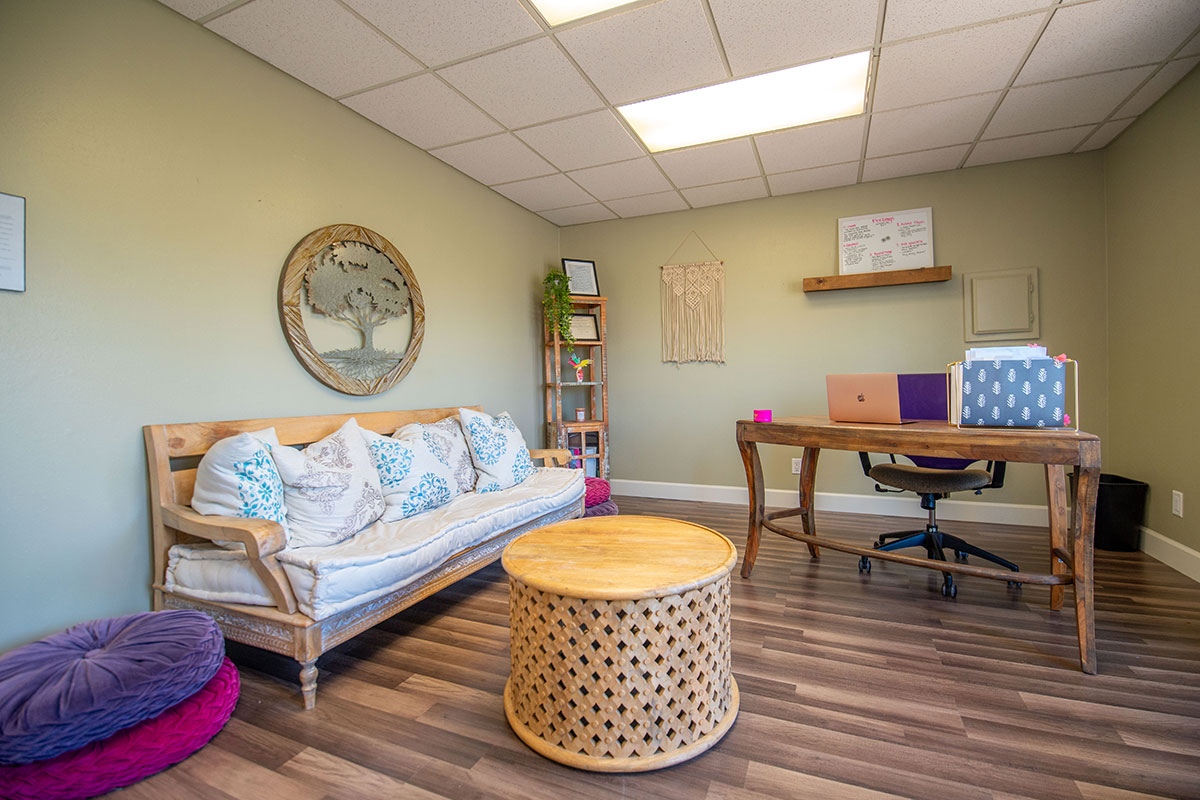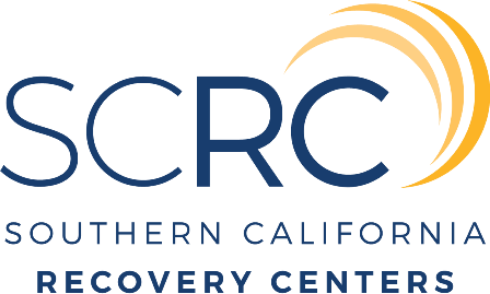Recovering from addiction requires true dedication, courage, and a supportive setting that promotes growth and healing. Sober living homes can play an essential role in this process. They provide a safe and encouraging environment where individuals can live alongside other sober people after treatment ends. They act as a bridge between treatment and returning to everyday life, offering the structure and support needed to navigate this transition successfully.
In this article, we’ll do a deep-dive of how sober living stays typically work. But if you or a loved one is looking for a sober living home in San Diego or Orange County right now, we can connect you to the best sober living homes in the area. Take the first step towards a better life–call us today to learn more.
What is Sober Living?
- Sober living homes provide a structured and supportive environment for individuals recovering from addiction, with house managers playing a crucial role in maintaining routine, accountability, and a drug-free setting.
- Residents of sober living homes are expected to stay sober, engage actively in recovery activities, and contribute to the home’s maintenance, which fosters responsibility and community.
- The benefits of sober living include a strong support system, life skill development, personal growth, and reduced relapse risks, which are essential for successfully transitioning from treatment to independent living.
How Does Sober Living Work?

The transition to life post drug or alcohol addiction treatment can often seem intimidating, but sober living homes, also known as halfway houses or sober living houses, can help immensely. These homes provide an alcohol and drug-free setting that fosters sobriety through peer support and individual responsibility. They offer a stable environment, which is crucial to sustained abstinence from substances and an essential part of substance abuse treatment. The staff and programming provide structure, while also ensuring accountability and care for the residents.
The Role of a House Manager
At the heart of a smoothly operating sober living home is the house manager. Their role is crucial in rule enforcement and emotional support, facilitating a drug-free environment that aids recovery. The house manager’s responsibilities are diverse, ranging from daily scheduling of residents’ activities to enforcing residential policies and maintaining the home’s cleanliness.
Daily Life and Structure
Sober living homes aren’t just about abstinence. They also focus on establishing healthy routines and habits. Typical daily routines are comprised of:
- Wake-up routines
- Scheduled mealtimes
- Therapy sessions
- Physical exercise
- 12-step meetings
- Specified quiet hours
These routines contribute to a structured yet flexible environment that promotes personal development and supports the journey towards sobriety.
Supportive Community and Peer Relationships
One of the most significant benefits of a sober living home is the supportive community it fosters. Residents are expected to treat each other with kindness and respect, cultivating an environment that promotes healing and growth.
This peer community provides support, accountability, and positive influence, all vital elements for maintaining sobriety.
Key Expectations and House Rules

Residing in a sober home involves adhering to a specific set of expectations and rules. The primary rule is staying sober, with substance use strictly prohibited. Residents are also expected to abide by the rules, schedules, and guidelines that support their recovery journey.
Sobriety and Random Drug Testing
Many sober living homes enforce the sobriety rule through regular drug and alcohol tests. These tests serve as proof that residents are maintaining their sobriety, establishing accountability and trust within the community.
The knowledge that a drug test could occur at any time also acts as an incentive for residents to stay sober and avoid substance abuse.
Participation in Recovery Activities
As recovery is an active process, residents must engage in recovery activities like therapy sessions and support group meetings. These activities ensure residents are continually working on their recovery, thus preventing relapse and promoting sustained sobriety.
Contribution to the Household
In addition to the responsibility of maintaining their sobriety, residents are also expected to contribute to the household. This includes paying their own rent, providing for their own groceries and medications, and maintaining the cleanliness of shared spaces.
This not only keeps the living environment pleasant for everyone but also fosters a sense of responsibility and community among the residents.
The Benefits of Sober Living

Sober living homes offer numerous benefits. These homes help reduce exposure to relapse triggers and aid residents in applying coping skills acquired during treatment. In addition, they also contribute significantly to the improvement of both mental health and physical health of the residents. Here’s how they do this:
Building a Strong Support System
Resident interactions in a sober living home form a peer support system, fostering a sober environment that bolsters sobriety in a sober living house. This supportive environment helps prevent feelings of loneliness and enhances the overall recovery experience.
Learning and Practicing Life Skills
Residents also have the opportunity to learn vital life skills in a sober living home, fostering their journey towards independent living. These skills include doing laundry, grocery shopping, maintaining hygiene, and interpersonal skills. The home-like environment further instructs residents on budgeting, saving, and managing personal expenses like rent, essential for everyday life.
Continuity of Care and Personal Growth
The continuous support and structured environment of sober living and treatment facilities aid personal growth and prevent relapse. Emotional healing is a critical part of recovery, and a longer stay in sober living provides more time for individuals to work through emotional scars and grow emotionally.
Transitioning from Treatment to Sober Living

Transitioning from treatment to sober living provides the much-needed bridge between treatment and the real world. This transition offers more independence than rehab but with continued guidance.
Evaluating Readiness for Sober Living
Prior to admission into a sober living home, residents are expected to have completed rehabilitation, and should commit to an ongoing therapy plan or attend weekly 12-step meetings. The admission is also contingent on an assessment of whether the individual is a good fit for the sober living environment.
The Importance of Continuous Recovery Efforts
Persistent recovery efforts become vital during the transition to a sober living environment, with regular participation in recovery meetings being a key component of these efforts.
A steadfast commitment to ongoing recovery meetings is necessary for long-term success within sober living communities.
Length of Stay: Finding Your Optimal Timeframe
The ideal duration for staying in a sober living home is determined by unique circumstances and individual needs. The average stay is about 90 days, although some individuals stay as long as one year or up to three years.
Assessing Individual Progress
Assessing individual progress in recovery is crucial in determining the appropriate length of stay in a sober living home. Progress may be evident through various indicators such as:
- Abstaining from street drugs
- Effectively coping with challenges without drugs or alcohol
- Emotional stability
- Proficient money management
- Consistent daily routine
The Impact of Longer Residency
An extended residency in a sober living community helps individuals to:
- Establish and reinforce sobriety-supportive habits and behaviors, thereby minimizing the risk of relapse
- Provide residents with a more manageable transition to independence
- Enable residents to gradually adapt and develop effective coping strategies in a low-stress environment
An extended stay in a sober living community, such as a sober living facility, can greatly support individuals in their recovery journey.
Planning for the Future
Future planning forms a crucial part of sober living. It involves:
- Setting realistic goals for future living arrangements
- Outlining the necessary steps to achieve stable, independent housing
- Connecting with community resources such as housing authorities, non-profit organizations, and recovery support services to secure future housing beyond the sober living experience.
Overall, sober living homes are more than just a stepping stone between treatment and the real world. They offer an environment that fosters personal growth, a strong support system, and a structured lifestyle that nurtures sobriety long-term. With financial considerations and an optimal time frame in mind, a residence in a sober living home can be a game-changer for individuals on the path to sobriety.
Find Recovery from Substance Abuse
Find lasting recovery from drugs and alcohol at Southern California Recovery Centers. We can provide substance abuse treatment and help you find a sober living post-treatment that works for you.
Recovery Begins at SCRC
If you or your loved one is in need of drug or alcohol rehab, contact us today to speak with our admissions team.
Ready to start your life?
Contact us today for a completely confidential conversation.
We’ll help you navigate insurance and logistics so you can focus on recovery.
Frequently Asked Questions
Sober living refers to a supportive living environment where individuals commit to abstaining from alcohol and drugs while participating in outpatient programs or after completing inpatient drug rehab.
In order to handle grief and loss while in recovery, it’s important to allow yourself to grieve, find support groups, move through your grief at your own pace, talk to others about your pain, reject the urge to withdraw, and stick to your treatment plan.
Living in a sober living home provides individuals with a chance to navigate triggers in daily life with ease and focus on their recovery without temptations or environmental stimuli. It offers a supportive environment for those seeking sobriety.
The 4 dimensions of recovery are health, home, purpose, and community, which encompass physical and emotional well-being, stable living arrangements, meaningful daily activities, and supportive relationships.
It is not advisable to date while you’re in a sober living home, and sexual contact between members of the house is strictly forbidden.



